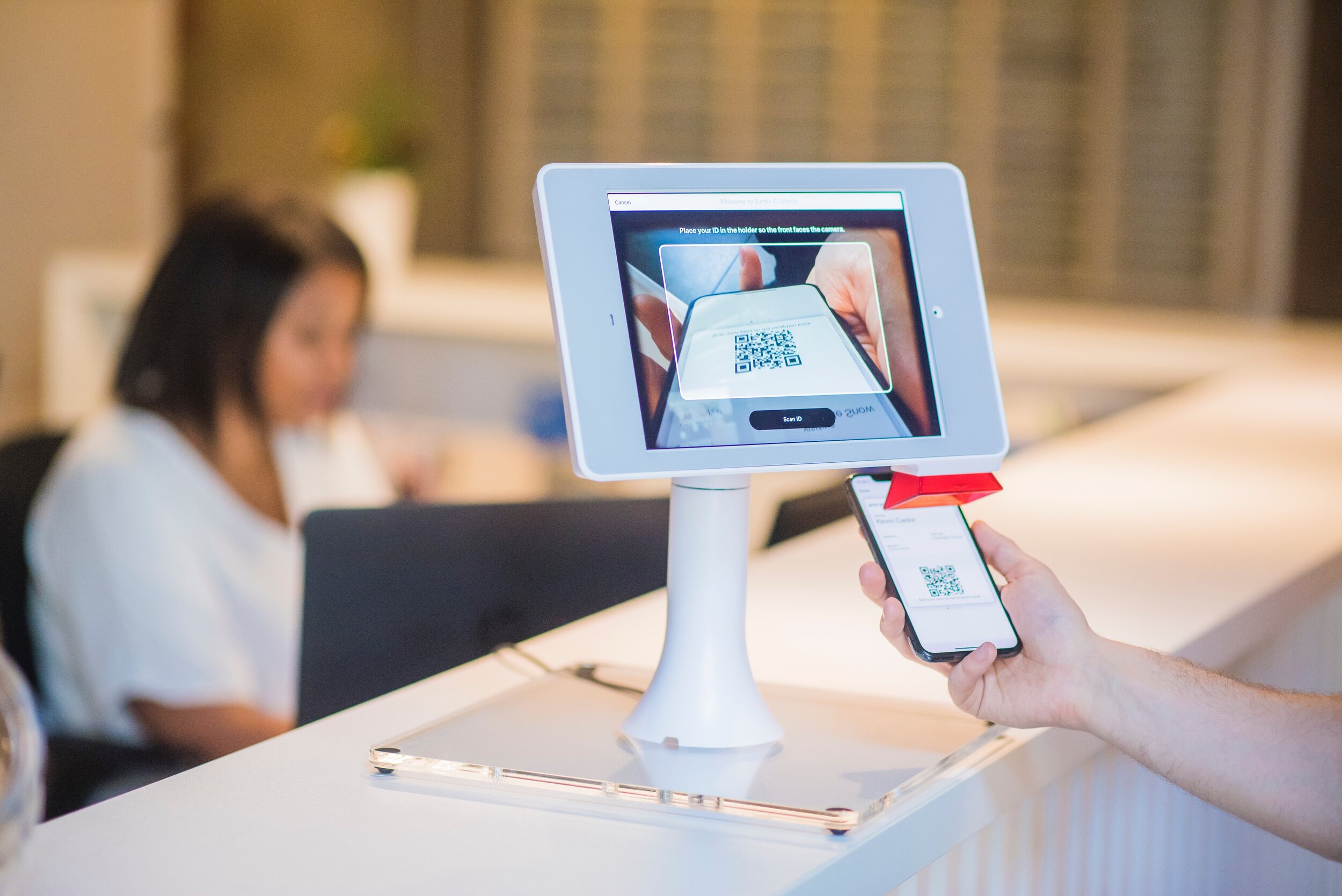
QR Codes - What are they really and how can we implement them into a university setting? A decaf brew.
In this project, working with UX strategist Helena Hill, I was asked to look into how QR codes could be implemented within a university setting.
Giving Context + Landscape Mapping
First I began by giving QR codes some context. Without a basic understanding of what QR codes are and how they have come about, we cannot effectively suggest ways of implementing them into modern-day life.
I began by researching how QR codes were created and when and what effect they have had on the tech industry since their creation, pulling statistics from various journals to back up my findings.
From here I began to look into how QR codes have been used in recent years in university settings - both with regards to the COVID-19 pandemic and in other ways, such as creating games for orientation and occupancy capturing purposes.
After gaining an understanding of the landscape in which QR codes exist within a university setting, I began to look more specifically into the different areas QR codes could be effectively implemented.
The client had outlined different areas in which they were interested in implementing the use of QR codes:
Attendance and Traffic Tracing
Room and Desk Booking
Occupancy Capturing
Marketing and Student Events
Freshers’ Fair and Society Membership
Conducting The Research
For each section, I used the same format: gathering how QR codes are used within similar formats in different industries, then recommending how to implement them into a university setting in order to provide researchers with a user-centred focus. For example, many businesses use a desk and room booking system as part of their day to day work platforms. From this, I could gather how companies utilise these systems and adapt this and recommend how to implement this into university classrooms and study areas.
It quickly became apparent that QR codes have become more popular in their use due to the requirements with COVID-19 track and tracing. So, researching the use of QR codes within the marketing industry was especially fascinating as I was able to look into new trends in this area, outside the remit of the COVID-19 pandemic. This means that I could begin to recommend different uses based not just on how codes are used in regards to health and safety, but how they are being used in more creative and vocational ways.
For some areas, such as occupancy capturing, some universities had already adopted such technology. So, using research gathered from these existing practices, as well as practices from other industries, I could propose uses of such services with a relevant and up-to-date understanding of how effectively they could be used, providing the most useful form of research to the client I could - wanting to ensure that the needs of the end user was kept at the centre of all the research.
So what was the end product?
After gathering and plotting the landscape around the uses of QR codes over time and how they have been used both in regards to health and safety and within more creative and marketing settings, I was able to recommend ways in which to implement QR codes into day to day university life with the backing of up to date and relevant information. My research allowed me to find ways to use them in a multitude of ways, from internal attendance tracking to attaching them to university club’s merchandise for exclusive information. Without researching the trends around QR codes we could have suggested ideas for the client’s product, however, they would have lacked a well informed and user-centred foundation. Without this, the product would have to be re-iterated at the expense of both the clients time and money and most importantly, the benefit of the end-user.
